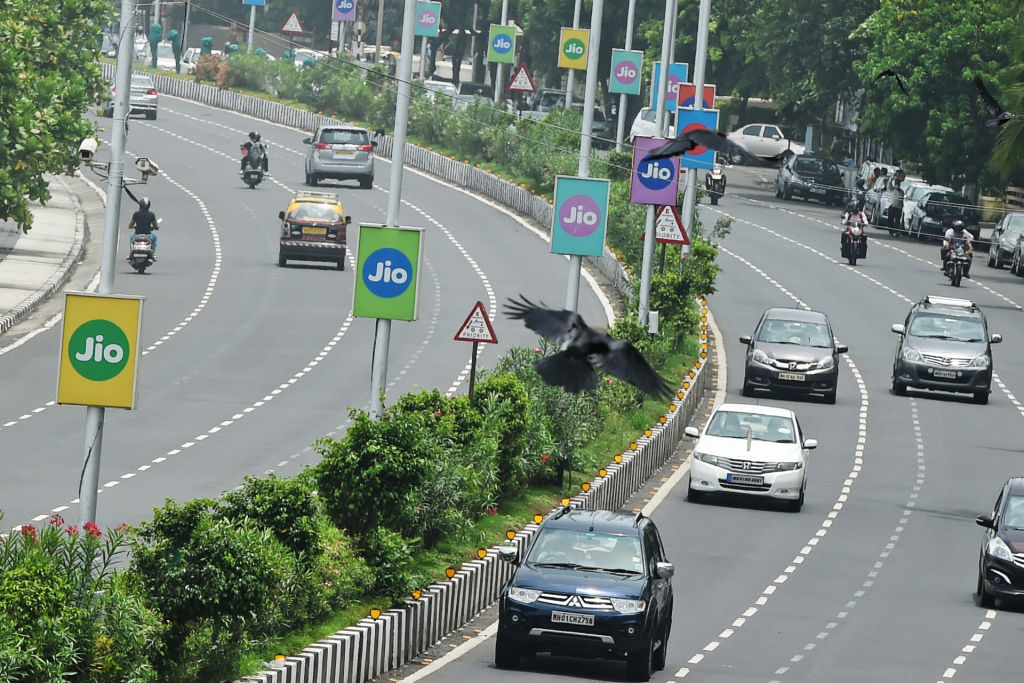- Sunday, April 06, 2025

By: Shubham Ghosh
INDIA’S value e-commerce market is expected to touch $40 billion by 2030, up from $4 billion in 2019, thanks to a fast rise in the internet-user base and more people embracing online shopping, US management consulting firm Kearney has said in a report.
According to the report titled ‘Value e-commerce: the next big leap in India’s retail market’, the expanding digital footprint in tier III and IV areas as well as in rural India, besides the aspirational needs of the customers in those parts and their changing attitude towards online buying create a massive opportunity.
The report added that while the e-commerce market is currently estimated at $4 billion, it is likely to see a rapid growth and reach $20 billion by 2026 and $40 billion by 2030.
It also added that the value lifestyle market is expected to increase from $90 billion in 2019 to $156 billion by 2026 to $215 billion by 2030. This includes categories like footwear, fashion accessories, apparel, cosmetics, small appliances, etc.
“As retail in India bounces back from COVID, the growing number of value-conscious online shoppers is reshaping India’s e-commerce landscape. This value segment is pegged to grow rapidly and emerge as a USD 215 billion-plus market by 2030,” Kearney partner Siddharth Jain said.
He added that while four per cent of this demand today is served by online channels, it will rise to 19 per cent by 2030, creating a $40 billion market for e-commerce in the country.
“We expect the number of internet users in India to surpass 1,100 million people by 2026 – and a third of these will be active online buyers. We believe that the needs of value lifestyle consumers will increasingly be met by differentiated business models and online channels,” he said.
While about 70 per cent of lifestyle retail demand comes from the value lifestyle segment at the moment, this segment is dominated by unorganised general trade (nearly 80 per cent share) and modern trade is 16 per cent. E-commerce, on the other hand, has a penetration of only four per cent.
By 2030, the unorganised general trade is likely to account for about 57 per cent share, modern trade 24 per cent and e-commerce at 19 per cent.